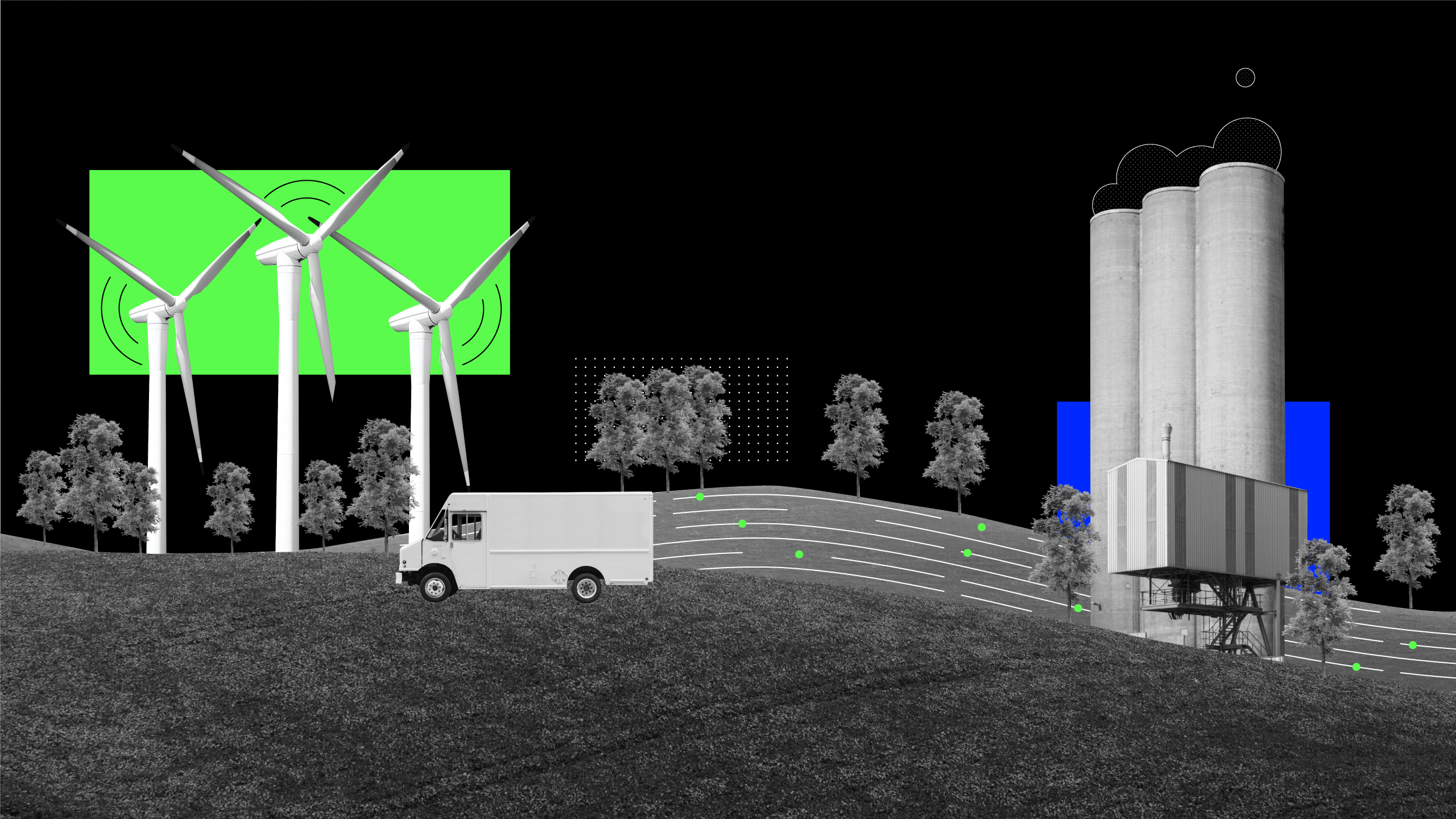
HPE sets targets to reduce Scope 3 emissions
Hewlett Packard Enterprise (HPE) said that it will reduce its Scope 3 carbon emissions by 42% by 2030 with an emphasis on the use of sold products, upstream transportation and distribution and direct supply chain emissions.
The plan to reduce HPE's Scope 3 emissions was outlined in its annual Living Progress Report for fiscal year 2021.
What is sustainability in business? The process, returns, KPIs and everything you need to know
Many enterprises are trying to better quantify Scope 3 emissions, which are the result of activities from assets not owned or controlled by the reporting organization. For instance, a supply chain has multiple partners, vendors and suppliers. Scope 1 covers direct emissions from owned or controlled sources with Scope 2 covering indirect emissions from the generation of purchased energy.
What makes Scope 3 emissions challenging to track is that enterprises need to wrangle data across multiple systems and partners in a supply chain. That data wrangling issue is one reason Celonis Execution Management System is integrating EcoVadis and IntegrityNext sustainability data.
Sustainability has become a lead issue for companies along with supply chain and inflation as many executives and Celonis customers outlined at World Tour 2022. The three topics are increasingly intertwined because enterprises need to become more efficient. In other words, what saves money can also advance sustainability goals.The next move will be to operationalize sustainability.
HPE said that it has a goal of becoming a net-zero enterprise across its entire value chain by 2040, a decade ahead of its previous target date. HPE also said that all vice president and above leaders must complete a mandatory climate training program. In addition, HPE is tying a portion of management variable pay to carbon emissions across its value chain.
Learn more: Free online sustainability training courses from Celonis Academy
To tackle Scope 3 emissions, HPE said it will work with its production suppliers to set emission reduction targets for their operations. Almost 25% of HPE's global carbon footprint comes from suppliers.
In its report, HPE said that improving transportation logistics will be a big part of meeting its Scope 3 emission targets. In the short term, HPE said it will implement model shifts like air to ocean, rail conversions, freight consolidation and network optimization to reduce Scope 3 emissions. HPE also aims to increase the use of zero- and low-emission vehicles for final mile delivery.
For the long-term, HPE said it will deploy advanced technology vehicles, work with carriers to use more fuel-efficient aircraft and collaborate on sustainable aviation fuels.
HPE noted that supply chain and transportation issues have made reducing emissions challenging in the last year.
"HPE has reduced emissions related to transportation and distribution by 20% over the last five years; however, in 2021, transportation-related emissions increased by 9.1% year-over-year. This can be attributed to the increased reliance on airfreight as the ocean logistic channels remain impacted worldwide. Throughout the pandemic, freight has continued to move with minimal disruption. It has been challenging, however, due to an approximate 50% reduction in passenger flights (a primary transport mode), global container shortages, and port congestions for the ocean industry. We have mitigated these risks by exploring various alternatives such as diversion to other ports that are fully operational, modal shifts to rail, and charter aircraft use as necessary."
More on sustainability:
Sustainability will drive returns on investment with assist from inflation
Why inflation, supply chain, sustainability crises require Execution Management, efficiency gains
Supply chain optimization, sustainability are blending together
Proposed SEC rules could accelerate sustainability data collection
How inflation, supply chain and sustainability could drive efficiency gains





